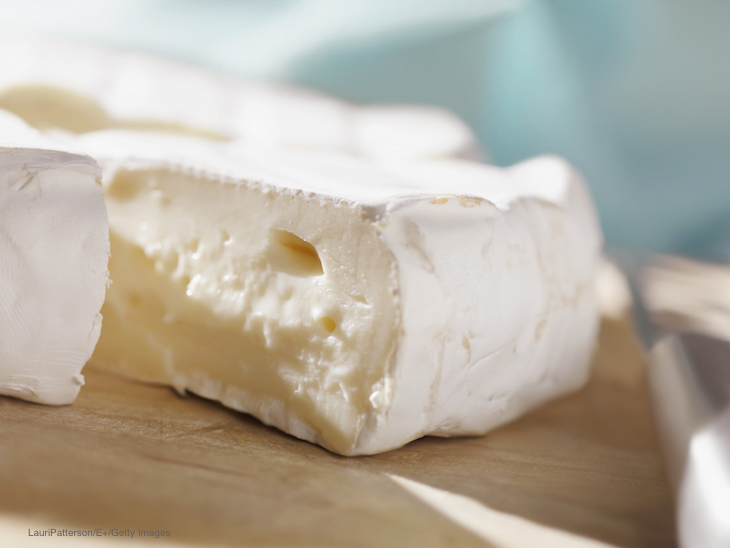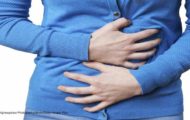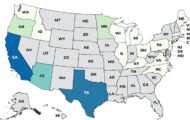Live avian flu can survive in raw milk cheese up to six months, according to an article in the University of Minnesota’s CIDRAP. The report was published in Nature Medicine on October 8, 2025. The research was conducted at Cornell University.

Researchers at Cornell said in a statement, “Highly pathogenic avian influenza H5N1 viruses have recently spread to dairy cattle, with high levels of virus detected in milk from affected animals, raising concern about the risk posed by unpasteurized dairy products consumed by human.” Raw milk cheeses can contain other pathogens, such as Salmonella and E. coli, but bird flu is something new. High levels of the virus has been detected in milk from affected animals.
The H5N1 viral persistence was assessed in milk that was acidified to several different levels, and then spiked with theirs. Findings were validated in commercial raw milk cheeses that were accidentally contaminated with raw milk and fed the cheese to ferrets to evaluate infectivity.
Ferrets fed the contaminated raw milk became infected, while those fed raw milk cheese did not. This may be becasue of the potentially higher infectious doses of H5N1 virus in colds versus liquids, or ferret’s tendency to swallow small pieces of cheese whole.
The virus persisted through the cheese making process and through up to 120 days of aging in cheese with pH levels of 6.6 and 5.8, while cheese at a lower pH (higher activity) of 5.0, the virus did not survive the cheese making process.
The study found that the H5N1 virus has remarkable stability throughout the cheese making process with slow decay areas. Preprocessing milk acidification to pH 5.0 with lactic acid inactivated the virus. Subpasteurization heats treatment of raw milk above 54°C (129.2°F) inactivates the virus within 15 minutes.
The researchers concluded that, “The current regulation requiring 60-day aging of raw-milk cheese before marketing proves insufficient to achieve HPAI H5N1 virus inactivation and guarantee cheese safety. Implementing additional mitigation steps, such as testing of raw-milk bulk tanks or using milk pasteurization, thermization or acidification before cheese making, becomes crucial to ensure food safety.”
Nooruzzaman, M., de Oliveira, P.S.B., Butt, S.L. et al. H5N1 influenza virus stability and transmission risk in raw milk and cheese. Nat Med (2025). https://doi.org/10.1038/s41591-025-04010-0




